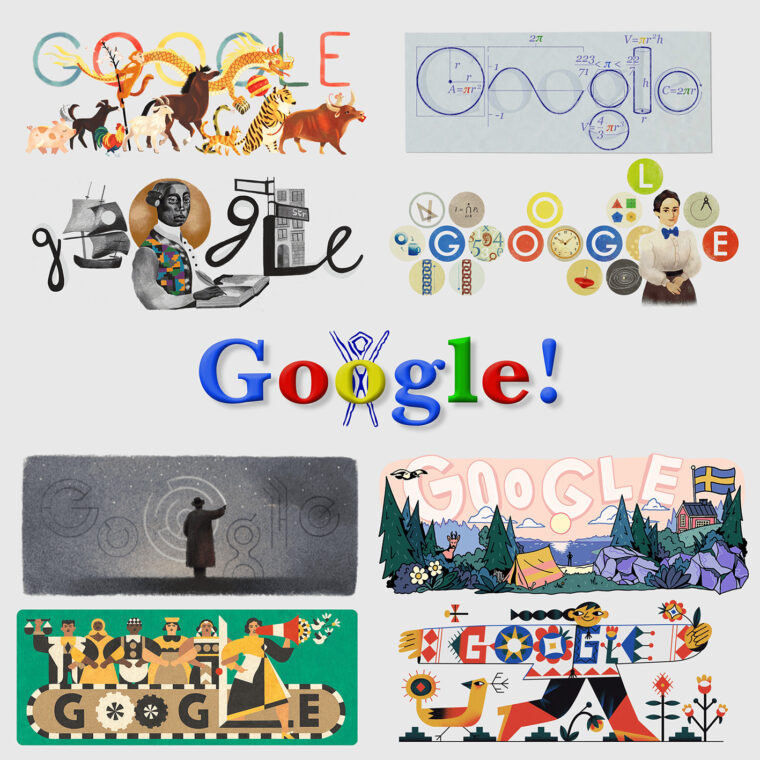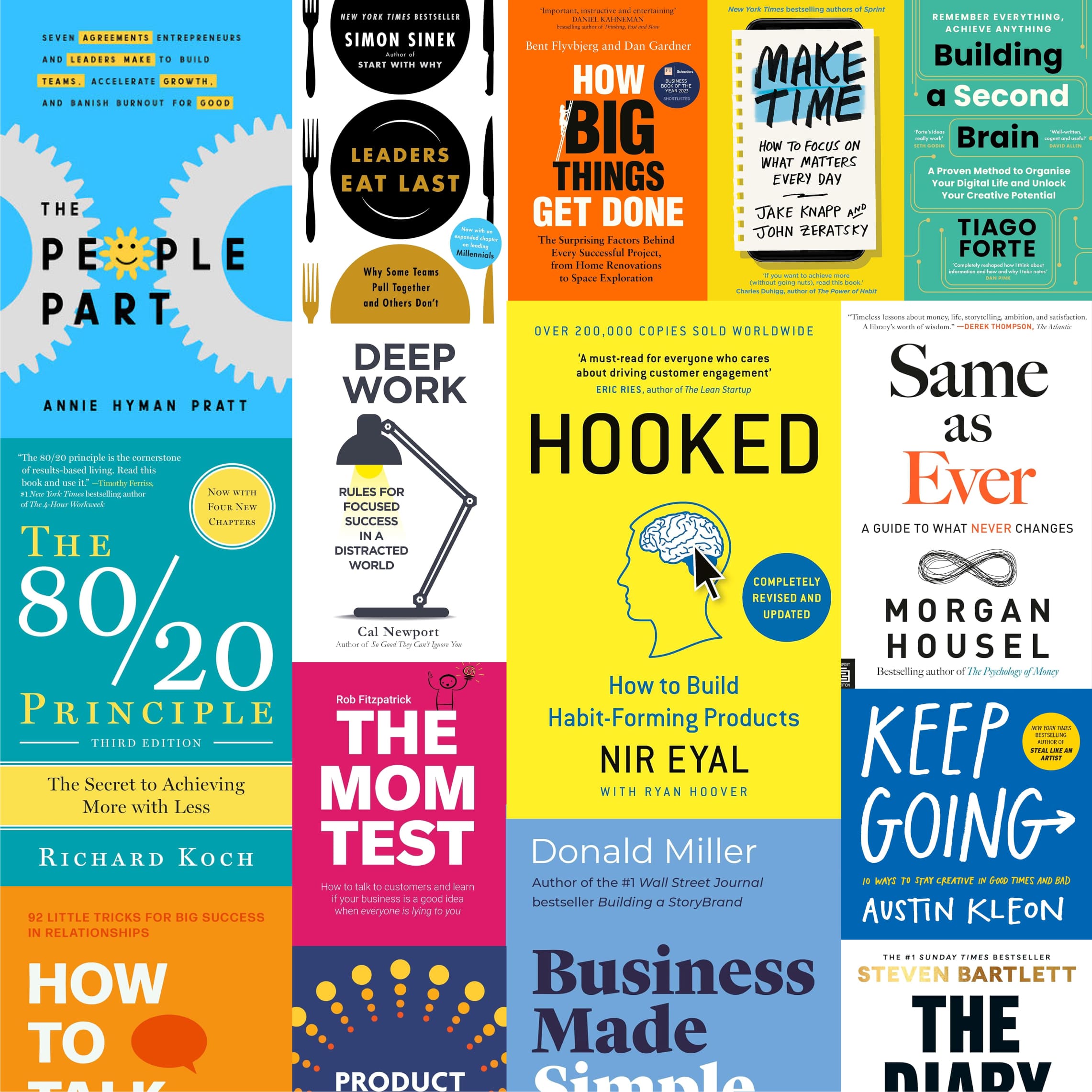In 1998, before the company was even incorporated, the founders, Larry Page, and Sergey Brin, playfully tweaked the Google logo to signify their attendance at the Burning Man festival. What started as a simple out-of-office message that marked the humble beginnings of a tradition that would soon capture the hearts of millions worldwide.
As the years passed, these doodles transformed from simple artistic expressions to elaborate illustrations, interactive games, and even short films, each telling a story, commemorating an event, or celebrating a historical figure. The Google Doodle team, a band of artists and engineers, embraced the challenge of making the Google homepage not just a doorway to endless information but a canvas showcasing human creativity and diversity.
From celebrating pioneers like Ada Lovelace and Hedy Lamarr to marking historical events like the Fall of the Berlin Wall, each doodle is a window into the vast, rich period of human history and achievements. Interactive doodles, such as the legendary Pac-Man game or Beethoven’s 245th Birthday puzzle, invite users not just to view but to engage, to play, and to learn in a way that’s both delightful and unexpected.
Behind every doodle, there’s a story, a reason for its creation, a message it aims to convey. Whether honoring an unsung hero or highlighting an important issue, these doodles remind us of the shared human experience, our triumphs, our struggles, and our relentless pursuit of knowledge and beauty.
In a world that moves at breakneck speed, where information is consumed and forgotten in the blink of an eye, Google Doodles stand as beacons of creativity and reminders of the small joys of life. They are not just alterations to a logo but symbols of a company’s commitment to celebrating humanity in all its diverse glory, one doodle at a time.




